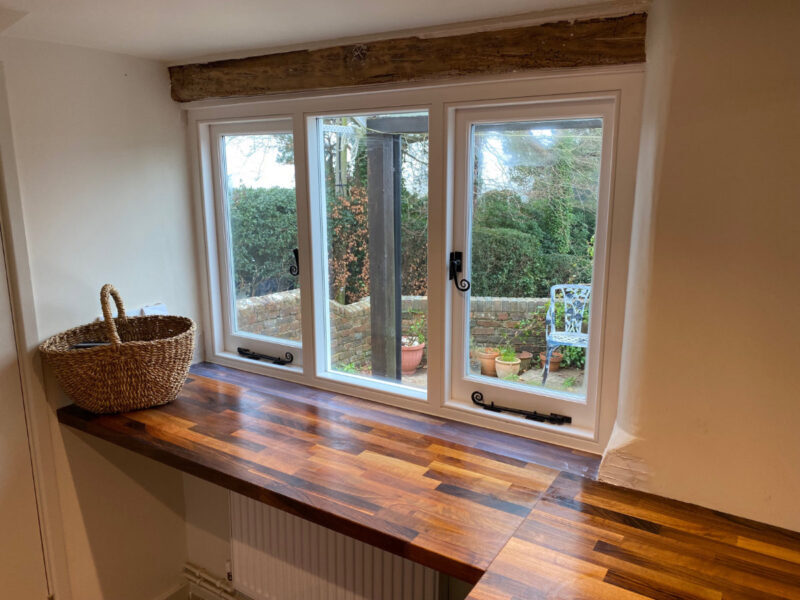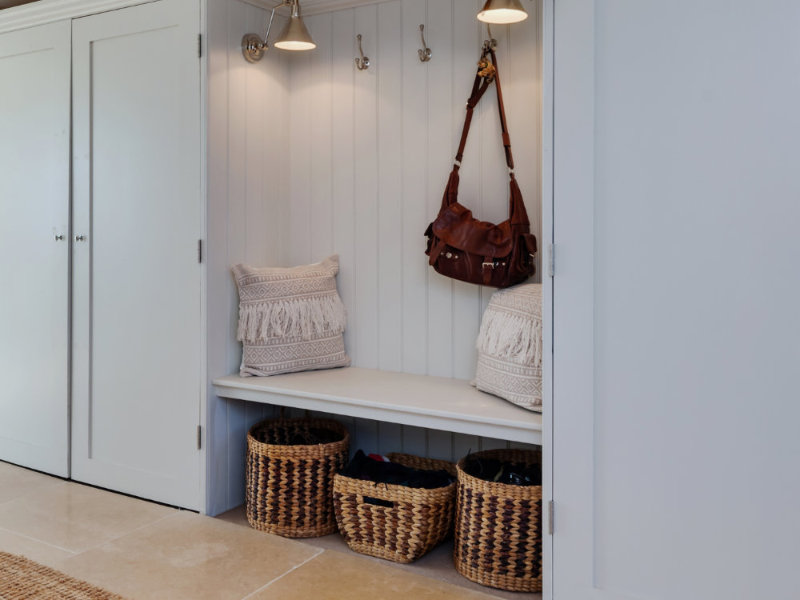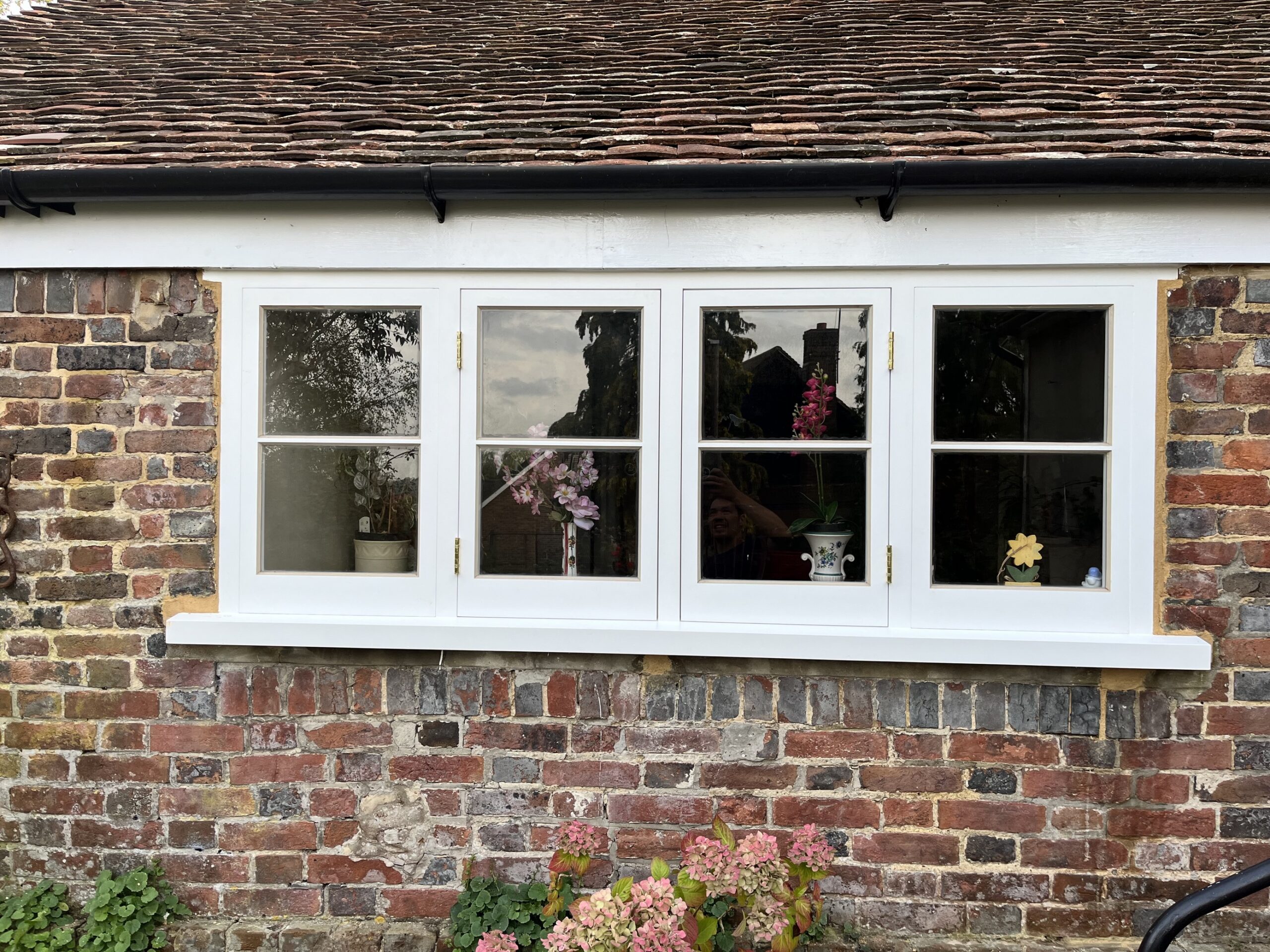Looking after your home in winter is an important part of responsible property care, especially in Sussex where winter brings long periods of rain, reduced daylight, and slower drying conditions.
What is Dry Rot and Why Do We Check For it?
Before any bespoke joinery is fitted, JJ Group begins with a thorough dry rot check. It might not be the most visible part of our process, but it’s one of the most important. Without it, even the best carpentry work can end up being undermined by hidden issues, leading to costly repairs down the line.
Our approach is simple: check early, build carefully and leave nothing to chance.
What Is Dry Rot?
Dry rot is a form of fungal decay that attacks timber, causing it to become brittle, crumbly, and structurally unsound. The fungus behind it spreads through wood that’s been exposed to moisture for extended periods. This often happens due to:
- Leaking or blocked downpipes
- Rising damp
- Poor ventilation in kitchens, bathrooms, or behind cabinetry
- Roof leaks or broken guttering
Despite the name, dry rot needs moisture to get started. Once it takes hold, it spreads fast, often travelling through brickwork and behind finishes. It can destroy timbers that appear fine on the surface, only revealing itself when it’s already done serious damage.
That’s why a dry rot check is so vital. Without it, you might be building on compromised materials.
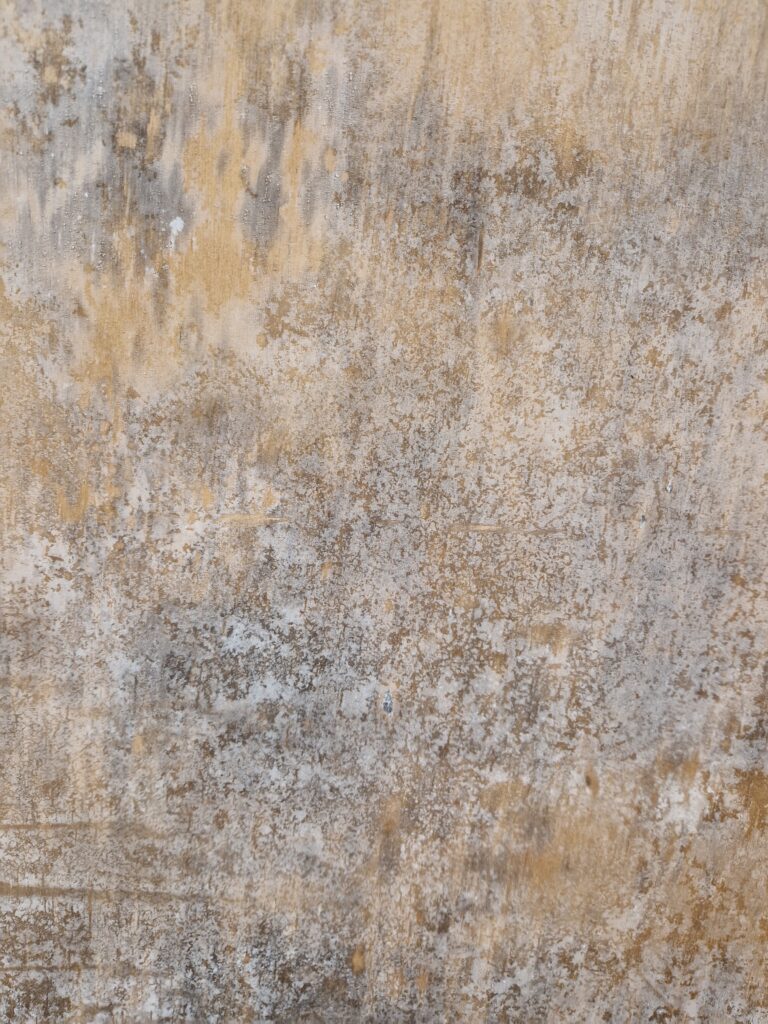
What a Dry Rot Check Involves
At JJ Group, our dry rot inspections are built into the early stages of every project. Before we fit anything (be it a new kitchen, internal doors, or bespoke cabinetry), we check behind, beneath and around the installation area for any signs of fungal decay.
We look for:
- Crumbling, soft, or discoloured timber
- A musty smell indicating damp conditions
- Signs of moisture ingress from external walls or plumbing
- Spore dust, fungal growth, or distorted finishes
If we find any evidence of dry rot, we pause the project and advise on next steps – whether it’s drying out the affected area, treating the fungus, or replacing damaged timber.
This step protects both our clients and the integrity of our workmanship.
A Real Example: The Cost of Skipping the Check
We recently completed a job where the client had suffered from hidden dry rot behind a fitted kitchen. The cause? A poorly maintained downpipe had allowed damp to creep into the wall behind the units. What should have been a £2,000 repair quickly escalated into a £7,000 restoration.
New cabinets had to be removed, rotten sections replaced, and the affected area treated before any new joinery could be installed. If a dry rot check had been carried out at the start, or if the previous installer had taken the time to check, it could have saved thousands.
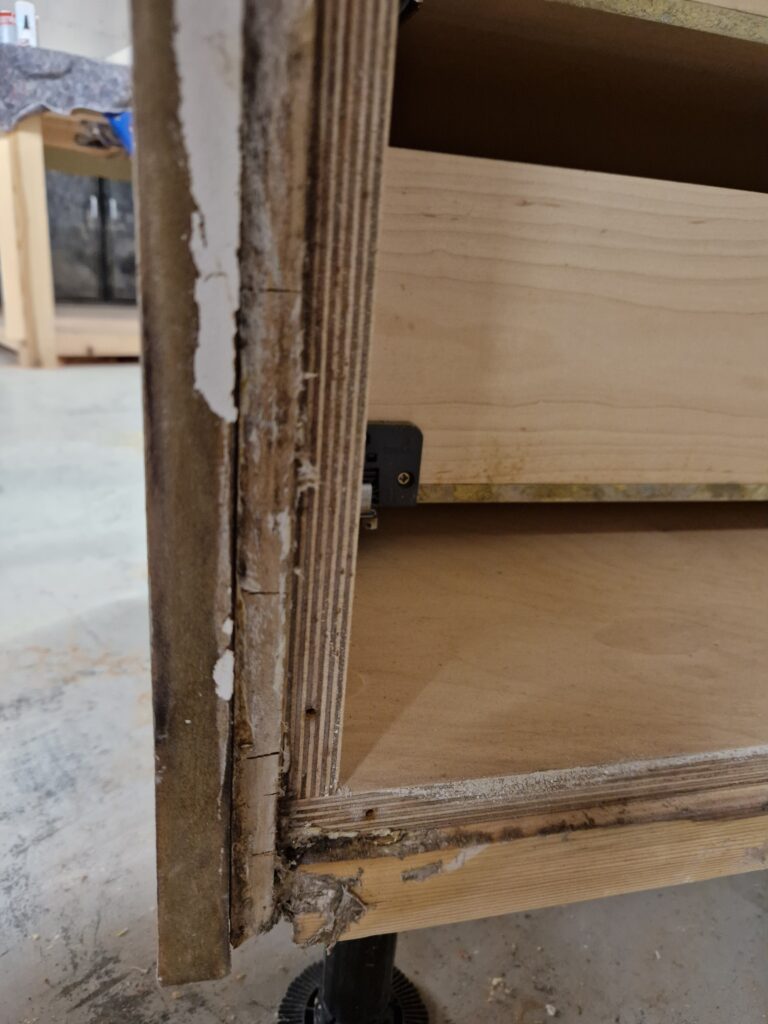
Why JJ Group Checks Every Time
We believe proper preparation is key to lasting carpentry. That’s why Alan and the team never install bespoke joinery without first carrying out a full dry rot check. It’s not an optional extra, it’s standard practice.
Our clients trust us not only for the quality of our woodwork but for the care we take in making sure every project is done properly from the start. This attention to detail is part of our reputation, and it’s one of the reasons our work stands the test of time.
Spotting the Early Signs
While a professional dry rot check is always the safest way to catch problems early, there are some tell-tale signs that homeowners can look out for between maintenance visits or renovation projects. Recognising these warning signals can help you act before the damage becomes extensive:
- A musty or damp smell in certain areas, particularly near skirting boards, under sinks, or behind cabinets.
- Cracked or flaking paint that may suggest hidden moisture underneath.
- Soft, spongy, or discoloured wood, especially in corners or areas near external walls.
- Shrunken or brittle timber that breaks easily under light pressure.
- Fungal growth such as a white, cotton wool-like substance or reddish spore dust on or near wooden surfaces.
If you spot any of these symptoms, it’s time to have a dry rot check carried out. Catching it early means the difference between a quick repair and a much larger, more disruptive job.
Build With Confidence
If you’re planning a kitchen refit, custom shelving, or new timber doors, make sure the structure behind your joinery is as sound as the work itself. A professional dry rot check might feel like a small step, but it can make a huge difference.
Speak to JJ Group today about your next project, and rest easy knowing your dry rot check is already covered.

